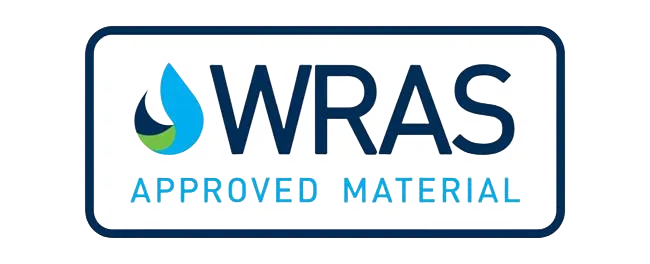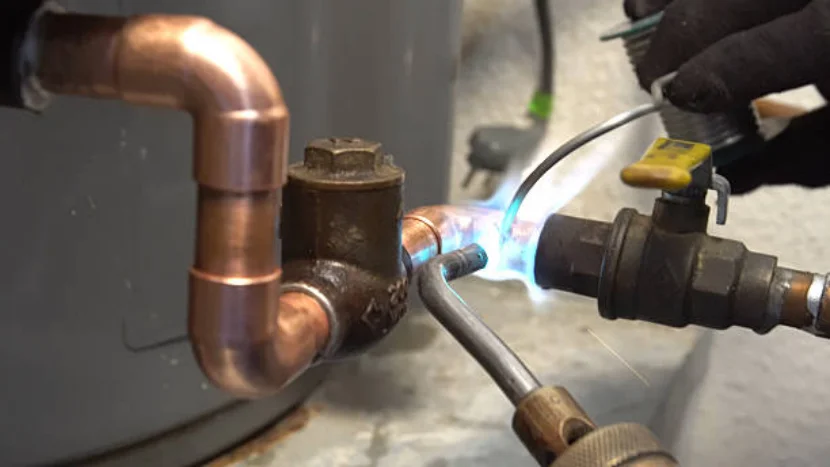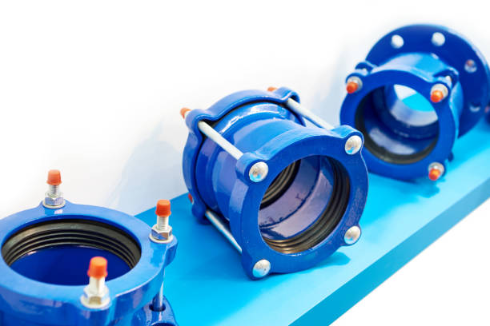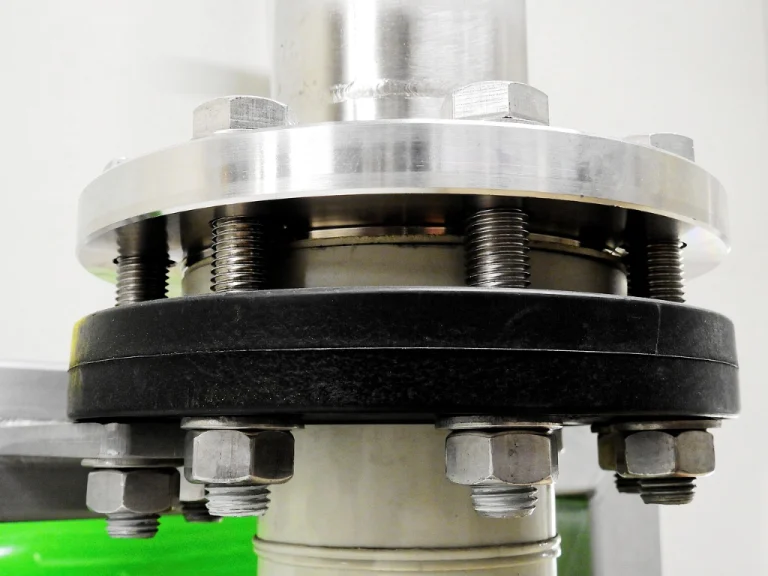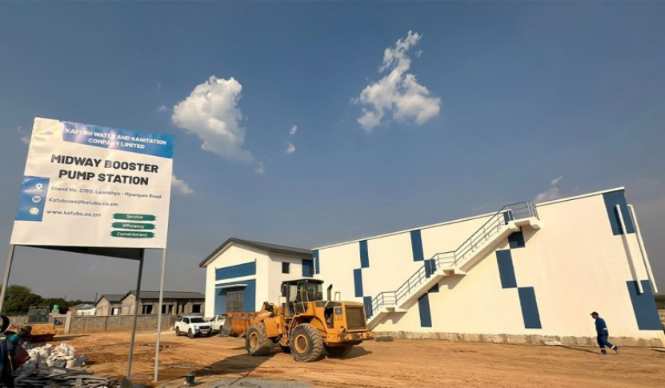What is Ductile Cast Iron and How It Differs from Traditional Cast Iron
Definition and Properties of Ductile Cast Iron
Wanna know what is ductile cast iron? It’s also called nodular or spheroidal graphite iron. It’s a special kind of cast iron with tiny, ball-shaped graphite bits inside its metal. These round shapes make it super bendy and tough compared to regular cast iron. The ball-shaped graphite spreads out stress nice and even, so it’s way less likely to crack when something hits it or pushes hard. Pretty cool, huh?
Regular cast iron, or gray cast iron, has flat, flaky graphite bits. Those flakes act like little cracks, making it brittle. It breaks easy if you pull or hit it hard. That’s a big difference in ductile vs cast iron!
Chemical Composition and Microstructure Comparison
The big deal in ductile vs cast iron is how they’re built inside. For ductile cast iron, factories add a tiny bit of magnesium while making it. This makes the graphite turn into round balls instead of flakes. That small change makes the metal way stronger and more flexible.
Gray cast iron has more carbon in flat, flaky shapes. Those flakes mess up the iron’s strength, so it can’t handle bending or pulling well. It’s hard but snaps easy—great for squishing forces but not so hot for stretching or twisting.
Mechanical Strength: Ductile vs Cast Iron
When it comes to strength, ductile cast iron is the champ. It’s got tensile strength from 60,000 to 120,000 PSI. Gray cast iron? It tops out at 60,000 PSI and can be as low as 30,000 PSI. Weak sauce!
Plus, ductile iron has a yield strength of 40,000–45,000 PSI and can stretch up to 18% before breaking. Gray cast iron barely stretches—less than 1%—and has no real yield strength. It just snaps. That’s why ductile’s way better for tough jobs.
Impact Resistance and Flexibility Differences
Ductile cast iron is tough as nails! It can bend a bit instead of breaking when something smacks it. That makes it awesome for things like pipelines or supports that shake or get hit a lot.
Gray cast iron, though? It’s super brittle. Its flaky graphite can’t soak up energy, so it cracks easy under stress. That limits it to jobs where things don’t move much.
Manufacturing Processes: Ductile vs Cast Iron
Production Techniques for Ductile Cast Iron
Making ductile cast iron starts with molten pig iron. Factories clean out sulfur, then add a bit of magnesium just before pouring it into molds. This makes the graphite form into little balls as it cools. That’s what gives ductile iron its strength and bendiness.
Some fancy factories also heat-treat it after to make the grains even better. That boosts its toughness even more.
Casting Methods Used for Gray Cast Iron
Gray cast iron is way easier and cheaper to make. You just need carbon and silicon in the mix. Pour it into molds, let it cool, and you get a hard structure with flaky graphite. It’s great for simple stuff like manhole covers or decorations, but it’s not strong enough for heavy-duty jobs.
Quality Control Measures in Foundries
Keeping things top-notch is super important. Factories use spectrometers to check the metal’s chemicals and microscopes to look at the graphite’s shape. Ductile cast iron needs extra-tight checks because that magnesium has to be just right. Gray cast iron? It’s simpler, so it’s less fussy to make.
Performance Characteristics in Industrial Environments
Corrosion Resistance: Ductile vs Cast Iron
Ductile cast iron fights rust better thanks to its tight structure. You can add coatings like cement lining or polyethylene sleeves for extra protection. That makes it perfect for underground water pipes around wet or chemical-filled spots.
Gray cast iron rusts faster unless you coat it. Without protection, it wears out quicker in tough conditions.
Temperature and Pressure Tolerance Levels
Ductile cast iron handles high-pressure systems like a pro, thanks to its strength and bendiness. It’s great for gas pipelines where pressure changes a lot. Gray cast iron works okay for low-pressure stuff like drains, but it cracks under high heat or pressure because it can’t handle stretching.
Longevity and Maintenance Requirements
Besi tuang ulet casting products lasts way longer because it doesn’t crack easy. With modern coatings, it can go decades without needing a fix. Gray cast iron needs more checkups since it rusts and wears out faster, especially underground or near chemicals.
Cost Considerations and Lifecycle Value
Initial Material and Manufacturing Costs Comparison
Gray cast iron is cheaper upfront. It’s simple to make—no fancy additives needed. Ductile cast iron costs a bit more because of the magnesium and extra quality checks. But it’s easier to handle during setup since it’s more flexible. That can save you some cash when installing around tricky spots.
Long-Term Operational Benefits of Ductile vs Cast Iron
Over time, ductile cast iron saves you big. It’s tough, so it needs fewer fixes. It’s less likely to crack from ground shifts or freezing weather—common problems in water systems. That means less downtime and fewer headaches compared to gray cast iron.
Repair and Replacement Factors Affecting Total Cost
Ductile systems break less, so repair costs stay low. When fixes are needed, stuff like Conflex Joints’ Pipe Repair Clamps makes it quick and easy. They fit all kinds of pipes and sizes. Gray cast iron systems? They often need whole sections replaced once cracks show up. That’s pricier and takes more work.
Choosing Between Ductile and Cast Iron for Pipeline Connections
Key Factors to Consider in Material Selection
Picking between ductile vs cast iron for pipeline connections depends on your setup. Got high pressure or shaky ground? Go for ductile. Conflex Joints’ Dismantling Joint, made from ductile material, bends without leaking—perfect for tough spots.
If you’re on a tight budget and the job’s low-stress, gray cast iron might do for now. But plan on replacing it sooner.
Expert Recommendations Based on Application Needs
Pros say go for ductile fittings like Conflex Joints Adaptor flensa or Universal Couplings for water systems that need to last. They don’t crack easy, so they’re great for underground pipes where digging is a pain.
For simple indoor drains where you can get to them easy, gray cast iron can work if cash is tight. But for big-deal projects like gas lines or city water mains, always pick ductile. It’s stronger and safer—no brittle breaks to ruin your day.
Conflex Joints Customization Service can make exactly what you need for your pipes, just say the word!
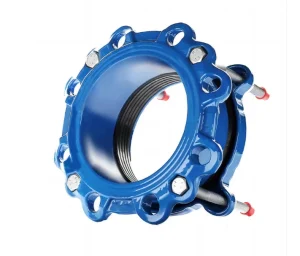
FAQ Section
What is ductile cast iron used for?
It’s widely used in pressurized pipelines (water/gas), industrial valves, automotive parts, bridge supports—anywhere strength plus flexibility are essential without sacrificing durability.
Is ductile better than regular (gray) cast iron?
Yes—for most structural applications. While gray offers hardness at lower cost, ductile provides superior tensile strength, impact resistance & corrosion tolerance.
Can I weld ductile versus regular cast?
Welding ductile is easier than regular gray because it doesn’t crack as easily during thermal expansion/contraction cycles. Gray requires preheating & specialized techniques due to brittleness.
Which lasts longer underground: ductile or gray?
Ductile lasts longer. Its resistance against soil shifts & corrosion means fewer failures over decades—even without maintenance.
Are Conflex Joints products compatible with both types?
Yes! Products like Conflex Joints’ Universal Coupling work seamlessly across PVC/steel/ductile/gray pipelines—ensuring leak-free connections regardless of pipe material type.
For more information about how our pipeline connection products—including dismantling joints, flange adaptors, repair clamps—can improve your system reliability worldwide across industries like water supply & gas distribution, contact us today!




